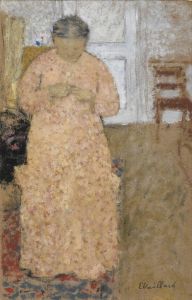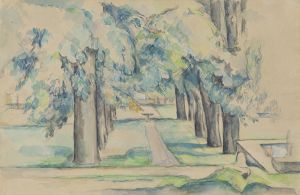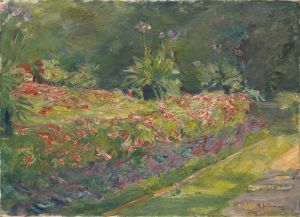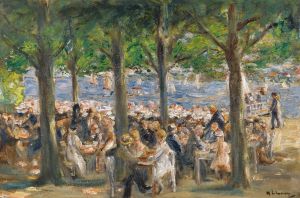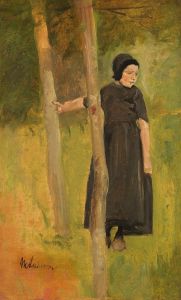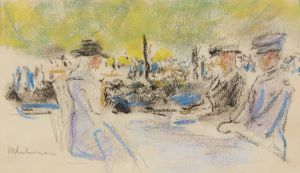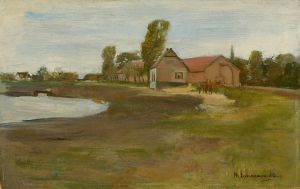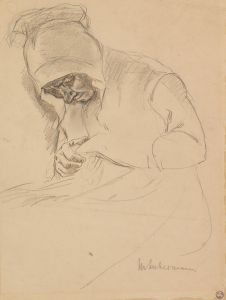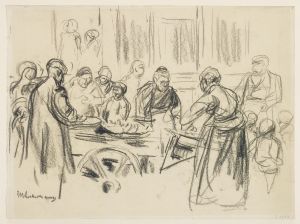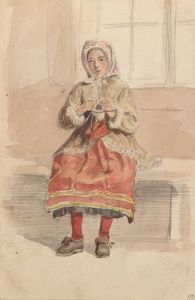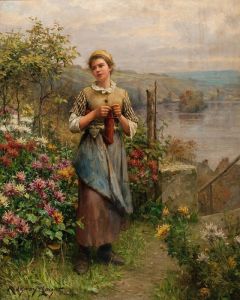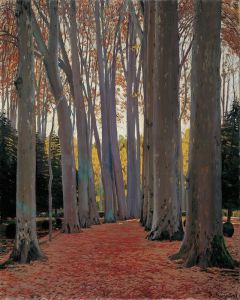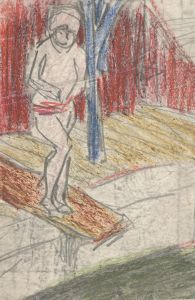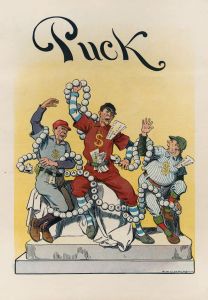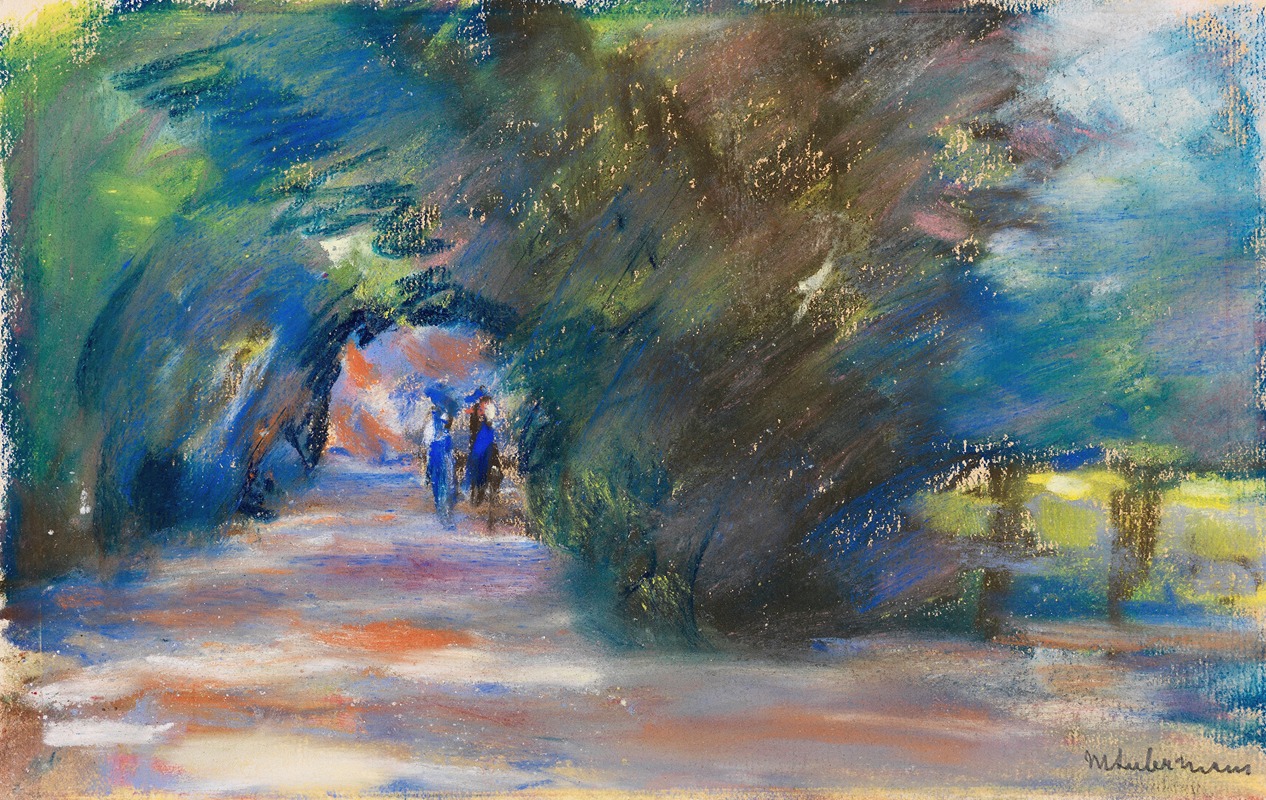
Allee mit zwei Reitern
A hand-painted replica of Max Liebermann’s masterpiece Allee mit zwei Reitern, meticulously crafted by professional artists to capture the true essence of the original. Each piece is created with museum-quality canvas and rare mineral pigments, carefully painted by experienced artists with delicate brushstrokes and rich, layered colors to perfectly recreate the texture of the original artwork. Unlike machine-printed reproductions, this hand-painted version brings the painting to life, infused with the artist’s emotions and skill in every stroke. Whether for personal collection or home decoration, it instantly elevates the artistic atmosphere of any space.
Max Liebermann's painting Allee mit zwei Reitern (translated as Avenue with Two Riders) is a notable work by the German Impressionist painter. Liebermann, born in 1847 in Berlin, was a leading figure in the German art world and a pioneer of Impressionism in his country. His works often depicted scenes of everyday life, landscapes, and leisure activities, reflecting his interest in natural light and atmosphere.
Allee mit zwei Reitern is an oil painting that showcases Liebermann's characteristic style, blending realism with Impressionist techniques. The artwork depicts a tree-lined avenue, with two riders on horseback traveling along the path. The avenue is bathed in soft, natural light, with the interplay of sunlight and shadow creating a tranquil and dynamic atmosphere. The trees, painted with loose and expressive brushstrokes, form a canopy over the riders, emphasizing the depth and perspective of the scene.
The painting is an example of Liebermann's fascination with outdoor settings and his ability to capture the essence of a moment. His use of light and color demonstrates his mastery of Impressionist principles, while the subject matter reflects his interest in depicting leisurely activities in natural surroundings. Liebermann often drew inspiration from the landscapes of northern Germany and the Netherlands, and this painting is consistent with his broader body of work.
The exact date of creation for Allee mit zwei Reitern is not definitively documented, but it is believed to have been painted during the late 19th or early 20th century, a period when Liebermann was at the height of his artistic career. During this time, he was heavily influenced by the works of French Impressionists such as Édouard Manet and Claude Monet, as well as the Dutch Old Masters.
Liebermann's contributions to art extended beyond his paintings. He served as the president of the Berlin Secession, an important art movement that promoted modern art in Germany. However, his career faced challenges during the Nazi era due to his Jewish heritage, which led to his marginalization and the removal of his works from public collections.
Today, Allee mit zwei Reitern is recognized as an important example of Liebermann's work and his contribution to Impressionism. The painting is held in a private collection, and its details are often studied by art historians and enthusiasts who admire Liebermann's ability to blend naturalism with the innovative techniques of his time.





